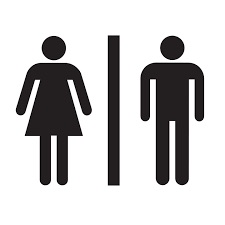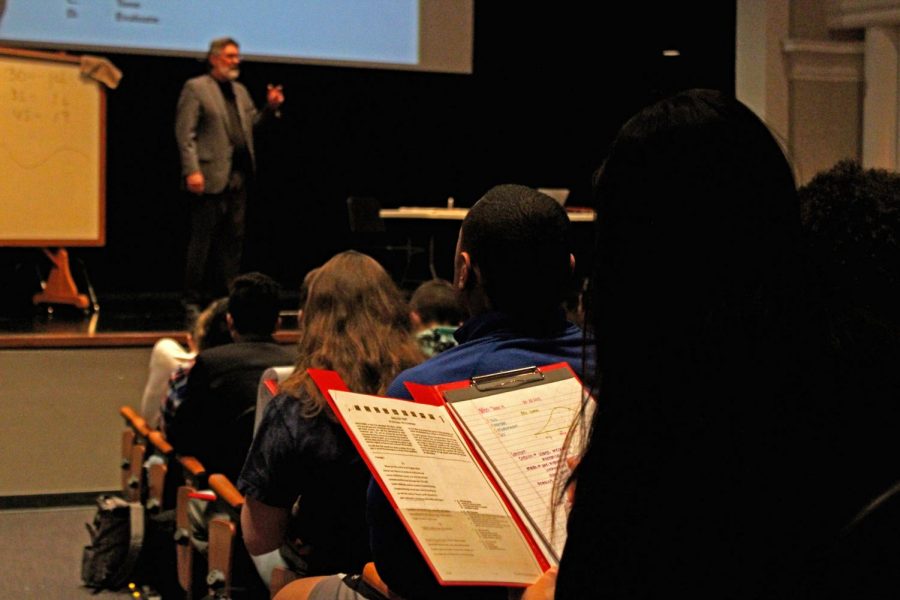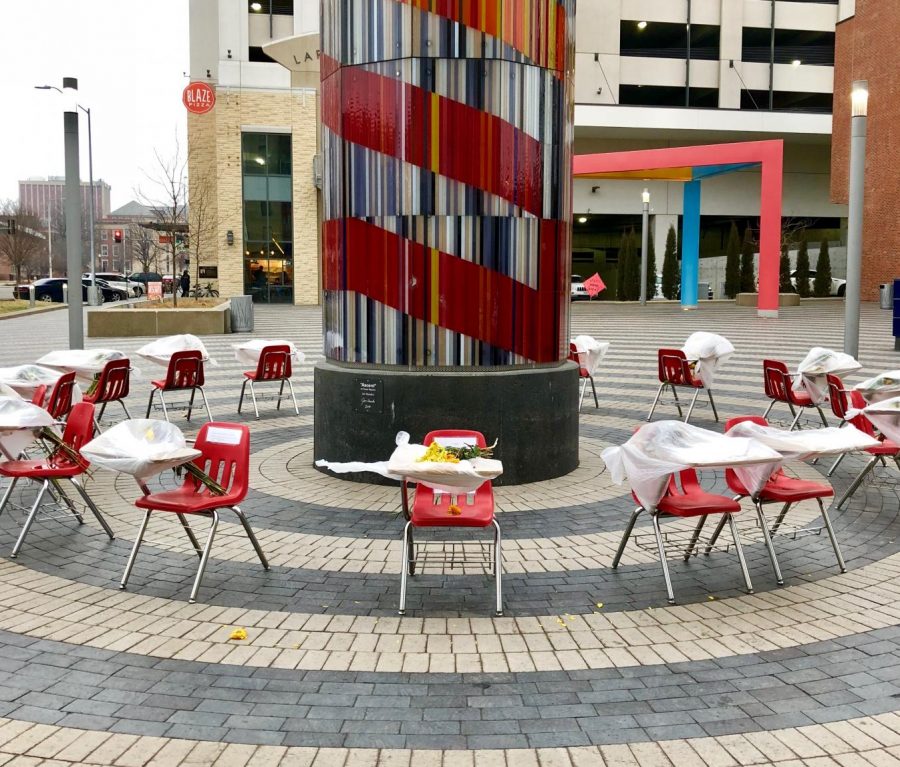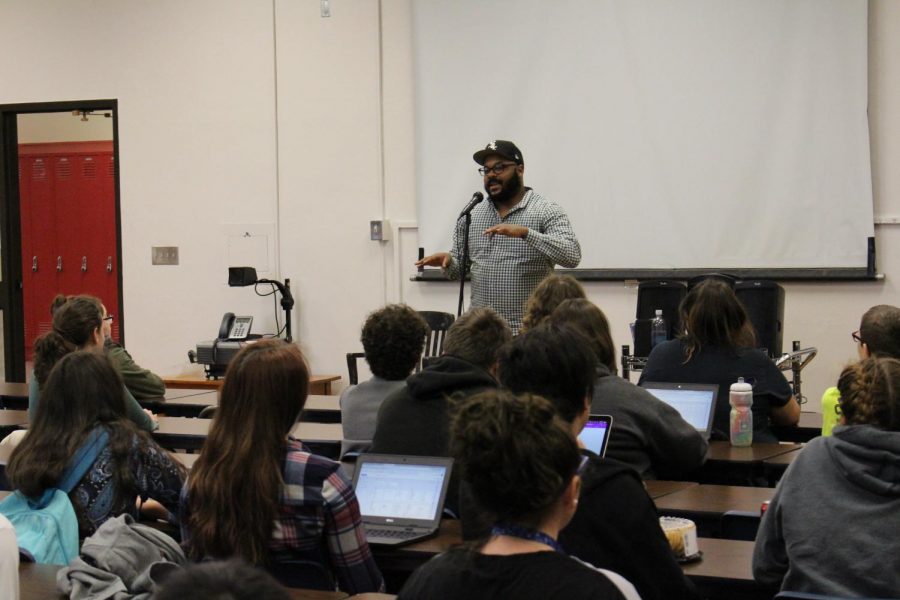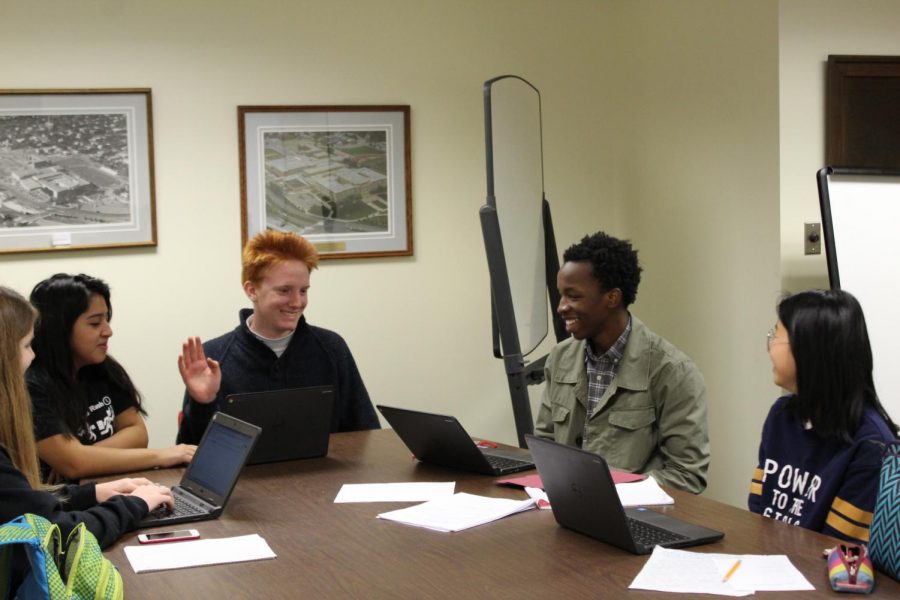Sara Balter- Opinion
It’s time to recognize an issue that is causing mayhem all across the world: Where should we pee?
Everyone deserves the right to have a space where they feel comfortable when they use the bathroom. And there are people in the world who do not identify with the norm of our “Western Society,” and that scares people. That difference in identification could be a person who identifies as transgender. According to Gays and Lesbians Alliance Against Defamation (Glaad) transgender is “An umbrella term for people whose gender identity and/or gender expression does not conform to that typically associated with the sex they were assigned at birth.” That difference that scares people could also be a person who is questioning their gender identity. “The internal perception of one’s gender, and how they label themselves, based on how much they align or don’t align with what they understand their options for gender to be.” However it is important before we get into the issue at hand to recognize that people identify as many things and there will never be enough labels to place onto how people feel. People are people and they deserve respect no matter who they are.
When it comes to the matter of bathrooms it should be noted that we did not always have bathrooms segregated by sex. As said in a 2016 Time article the first law in the United States that required cisgendered (“Someone who identifies with the gender identity/expression expectations assigned to them based on their physical sex at birth”) men and women to use separate bathrooms was made in 1887 in Massachusetts. Segregated bathrooms had previously existed but there were no laws demanding their usage. And these bathrooms were not made for reasons you might think. They were implemented to keep women in their place as the lesser sex.
However, now the bathroom situation has changed. People are currently focusing on keeping people who identify as transgender or people who are questioning their gender identity out of the bathrooms they feel comfortable in. There has been a long list of state based actions that were mostly in the direction of banning non-cisgender people from going to the bathroom they wanted to be in. These actions mostly involved schools and forcing students to go to the bathroom that corresponded with the sex they were assigned at birth. For example, according to a 2017 New York Times article, in 2016 “South Dakota legislature approved a bill that requires public school students to use bathrooms and other facilities that correspond to their biological sex, defined in the bill as ‘a person’s chromosomes and anatomy as identified at birth.” After years of back and forth fighting for the basic rights of transgender students, the United States President decided to make a final decision and show where he stands on the issue. On February 22, 2017 President Trump revoked Obama-era protections that secured the right for public school students to use bathrooms and facilities that corresponded with their gender identity.
So this is where we are now. We have gone back and forth with fighting for non-cisgender peoples’ rights and at this point it is up to state by state and institution by institution to decide what happens. There are no real protections, things are just up in the air.
Things are somewhat similar when it comes to the public schools in Lincoln, Nebraska. For example at Lincoln High School, when it comes to transgender or other non-cisgender students who want to use facilities that do not correspond with the gender that they were assigned at birth, it is a process that is different every time based on the student and situation. There are not many defined rules, however this school is willing to take in consideration the comfort and safety of its students and think about what plans of action can be made to a healthy environment overall.
“Lincoln High follows district protocol and procedure in terms of making these kinds of decisions for our students who are transitioning. In terms of their plan, which includes where they use the restroom, those are made on a case by case basis. We have meetings that include the student, the family, a representative from the school, and a representative from the district office who’s there to listen gather information and learn more information about the student and their situation. We don’t have a policy that says that students can or that students cannot, but each of those situations are decide upon on a case by case basis,” Principal Mark Larson said.
One option for non-cisgender students, at LHS, is the building’s two“gender neutral” bathrooms: one in the nurse’s office and one in the Mezzanine hallway. Each are locked and under supervision. While having these spaces is a nice step, having them locked and watched defeats the purpose. How can a student feel safe if they have to ask someone to unlock the bathroom everytime they need to pee?
Many students already agree that letting non-cisgender students use their preferred bathroom is very important.
“Letting transgender people use their preferred bathroom is a right, not a privilege, and it makes not only the school a safer environment but a more accepting environment – a place that people like me and people like many of my friends want to be a part of, because if I was forced to not use the right bathrooms, I wouldn’t want to be here I would want to be home,” junior Markuz Osiminski said.
However there are still some that feel unsafe in an environment where non-cisgender students use facilities that correspond with their gender identity. And it is unfair to dismiss these people’s feelings. Nobody on either side of the issue will ever be totally happy, but it is possible to look at some solutions that create compromises. Prephas at Lincoln High we can open up the locked bathrooms to all genders to form a safe space. The facilities are already there, it is just so disappointing to see them locked up. At the end of the day we all just want to feel safe, relax, and know; where should we pee?
